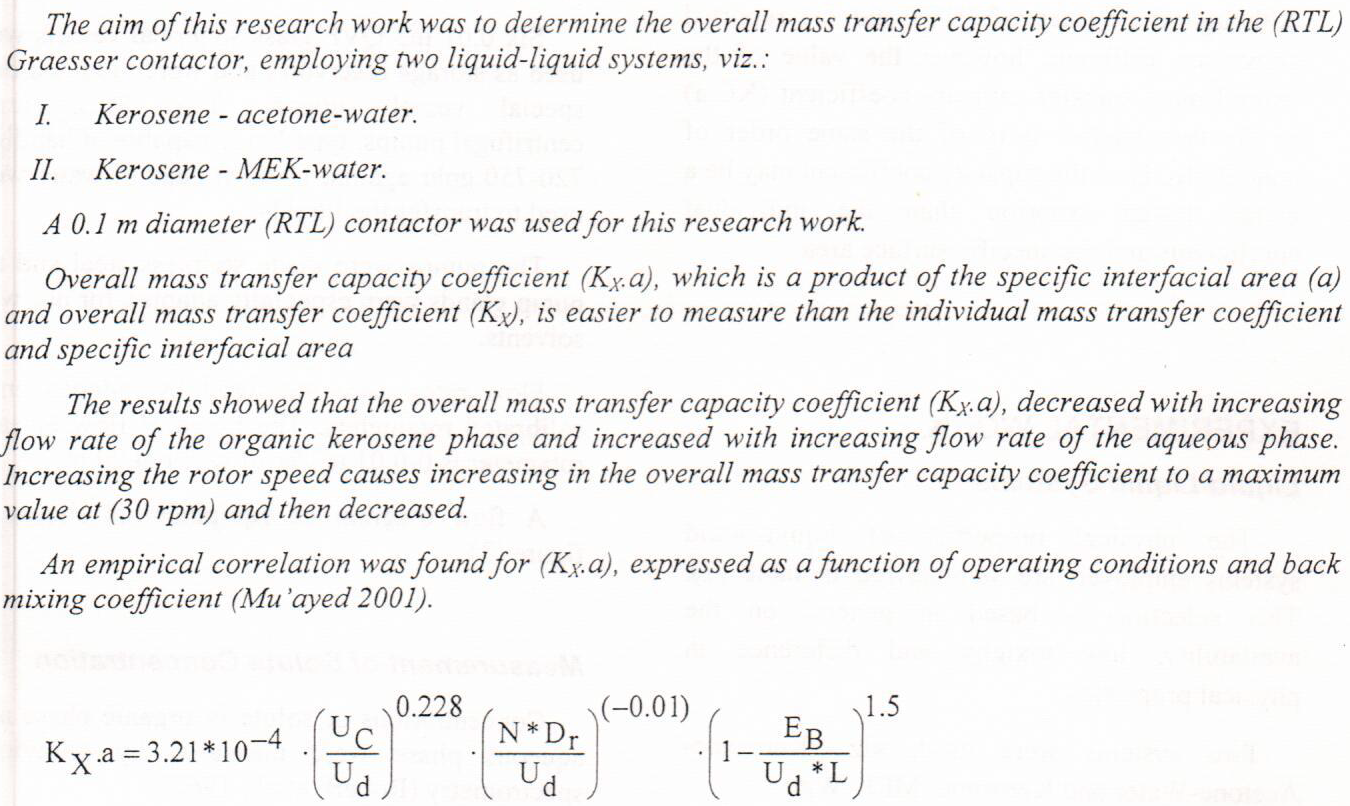
 (1)
(1)
 (16)
(16)
 (4)
(4)
 (1)
(1)
Theoretical and experimental investigations have been carried out on developing laminar
combined free and forced convection heat transfer in a vertical concentric annulus with uniformly
heated outer cylinder (constant heat flux) and adiabatic inner cylinder for both aiding and opposing
flows. The theoretical investigation involved a mathematical modeling and numerical solution for
two dimensional, symmetric, simultaneously developing laminar air flows was achieved. The
governing equations of motion (continuity, momentum and energy) are solved by using implicit
finite difference method and the Gauss elimination technique. The theoretical work covers heat flux
range from (200 to 1500) W/m2, Re range from 400 to 2000 an
 (9)
(9)
 (9)
(9)
 (4)
(4)
Abstract
The current study presents numerical investigation of the fluid (air) flow characteristics and convection heat transfer around different corrugated surfaces geometry in the low Reynolds number region (Re<1000). The geometries are included wavy, triangle, and rectangular. The effect of different geometry parameters such as aspect ratio and number of cycles per unit length on flow field characteristics and heat transfer was estimated and compared with each other. The computerized fluid dynamics package (ANSYS 14) is used to simulate the flow field and heat transfer, solve the governing equations, and extract the results. It is found that the turbulence intensity for rectangular extended surface was larg
... Show More (1)
(1)
